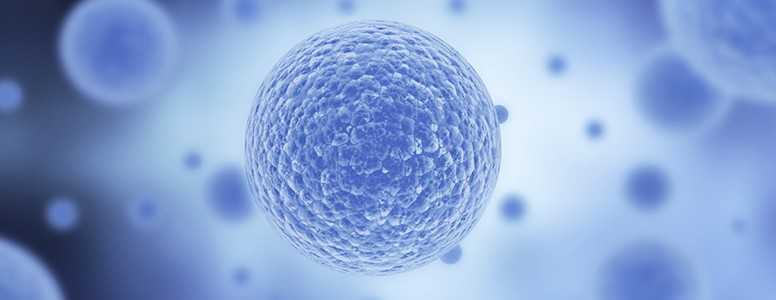In a new study, stem cell treatment effectively treated diabetic neuropathy in mice. If the research is applicable to humans, it could provide the first curative treatment for diabetic neuropathy.
Diabetic neuropathy is a common complication in which the nerves are damaged by exposure to prolonged high blood glucose levels over a lengthy period of time. In some cases, neuropathy can lead to ulcers, and eventually amputation can be necessary.
The study found that injecting mice with mesenchymal stem cells derived from bone marrow (BM-MSCs) led to both angiogenesis (the growth of blood vessels) and nerve-remyelination (which is essential for the nervous system to function properly.)
Mesenchymal stem cells can be obtained from several sources in the body, including fat tissue, tendons, umbilical cord blood and bone marrow. The most successfully transplanted MSCs have been those from the bone marrow. These transplantations have provided treatments for a variety of health problems, including heart disease and stroke.
This study examined the effects of BM-MSCs on rats. The researchers found that injecting the neuropathy-ridden rats with BM-MSCs increased blood vessel growth, thereby increasing the chance of the nerves’ survival.
“We investigated whether local transplantation of BM-MSCs could attenuate or reverse experimental DN by modulating angiogenesis and restoring myeli, the electrically insulating substance surrounding nerves that is reduced by DN,” said Dr. Young-sup Yoo, Professor at the Department of Medicine, Division of Cardiology at Emory University School of Medicine.
“In this study we have provided the first evidence that intramuscular injected BM-MSCs migrate to nerves and can play a therapeutic role.”
The researchers concluded that diabetic neuropathy could be treated with the transplantation of BM-MSCs. If possible in humans, this could signify a huge breakthrough for people with diabetic neuropathy.
There are currently no curative options for people with diabetic neuropathy; instead the condition is treated through pain-relief or blood glucose control to stop the condition getting worse.
Dr. John R. Sladek, Jr., Professor of Neurology, Pediatrics, and Neuroscience, Department of Neurology at the University of Colorado School of Medicine.
“Currently, the only treatment options available for DN are palliative (focused on alleviating pain) in nature, or are directed at slowing the progression of the disease by tightly controlling blood sugar levels.”
“This study offers new insight into the benefits of cell therapy as a possible treatment option for a disease that significantly diminishes quality of life for diabetic patients.”
The research will be published in Cell Transplantation.
What's new on the forum? 
Get our free newsletters
Stay up to date with the latest news, research and breakthroughs.






